Quilting cannot be done without quilting fabric. You will need a lot of quilting fabric to complete the quilt task. When you are willing to start your quilting journey, the first thing that you need to have an idea about is; What is quilting fabric?
Table Of Contents
What is Quilting Fabric?
Quilting fabric is the usual term for fabrics that can be used for making functional quilts. Although 100% cotton and linen were used earlier to make a quilt, nowadays synthetic materials like polyester and nylon fabrics are used as quilt materials for outdoor applications. Quilting is the method of sewing or bonding two or three layers of fabric together. It has layered materials encasing a filling and is stitched together to form a puffy unit. These layers are basted and quilted by both machine or hand to bond them and create the final and proper quilt.
Usually, quilting is used to create padding on fabrics, as seen in various decorative fabric works. Quilting fabric can vary from cotton, linen, and silk to polyester and nylon.
Types of Quilting Fabric
Based on the quilting method, there are three types of quilting as below
Hand Quilting:
_1699983004.webp)
Hand quilting is a traditional method of sewing three layers of a quilt together with hands by using a needle and thread. Usually, quilters use a frame to secure the layers of the quilt. When using a simple straight design, the quilters sew without following any pre-marked patterns. But for decorative and complex designs, the quilters must follow a marked pattern to float the design perfectly. As no machines are used in hand quilting, it's the slowest method of quilting.
Machine Quilting:
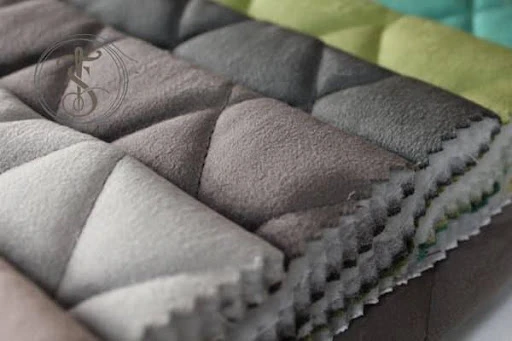
Machine quilting is a continuous and faster method of quilting using a machine. Quilters can create any design from intricate to straight lines by using quilting machines. There are mainly two types of quilting machines - straight line and free motion. A straight line machine is easier to operate but the free motion technique becomes easier with practice.
Ultrasonic Quilting:
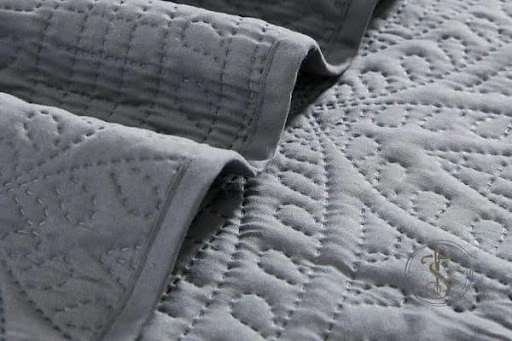
Ultrasonic quilting is the latest quilting technology that uses ultrasonic energy to bond three layers of fabric together without needle and thread with a nice pattern. The ultrasound generated by ultrasonic vibrations causes PES to melt which then bonds with other materials, instead of traditional sewing.
There are also some other types of quilting based on fabric made of different materials. Some fabrics are made of polyester. Some are made of cotton, and some are made of a combination of polyester and cotton. Different types of quilting fabrics are discussed below:
Essex linen:

Essex linen is an excellent blend of fabrics consisting of 45% cotton with 55% linen. This fabric offers the perfect blend that assures quality to cover yourself during the cold or just get creative with your home decor. Many people consider using this fabric as it is ideal for feeling and seeing. It is possible to use additional materials when quilting with Essex linen for visual quilting work.
Quilter's weight cotton
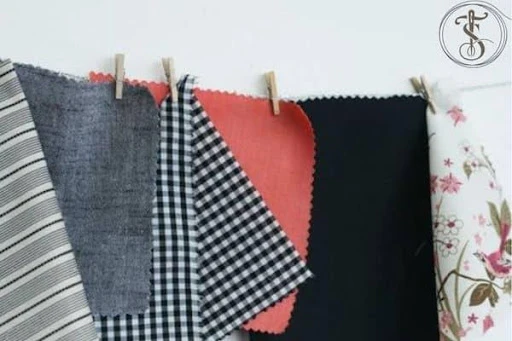
This quilting fabric made of pure cotton is probably the most used in the quilting industry. This quilting fabric can be seen in home decor and accessories as well as in clothing. While this is one of the best quilting fabrics in the world, this fabric is at risk of shrinking. It is worth mentioning that this fabric features 100% pure cotton batting.
Quilter's linen:

Quilter's linen is not actually linen. It is a complete cotton quilting fabric that looks almost like linen. This fabric is made from 100% cotton. Even the padding features of its soft cotton have added the look and texture of linen. It is a unique type of fabric that is simple to work with.
Synthetic quilt:
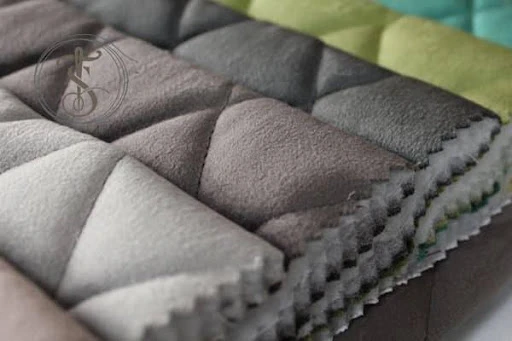
Synthetic quits are made of 100% polyester and 100% nylon with some functional finishes. The two most common polyester fabrics used for making synthetic quilts are taffeta and pongee with high density. Polyester quilted taffeta and pongee are widely used in making padding jackets. And 100% nylon 380T quilted taffeta is mostly used in real down and fake down jackets with a down-proof finish. Synthetic quilts are often functional as there are intended to be used for outdoor purposes.
Home decor weight cotton:
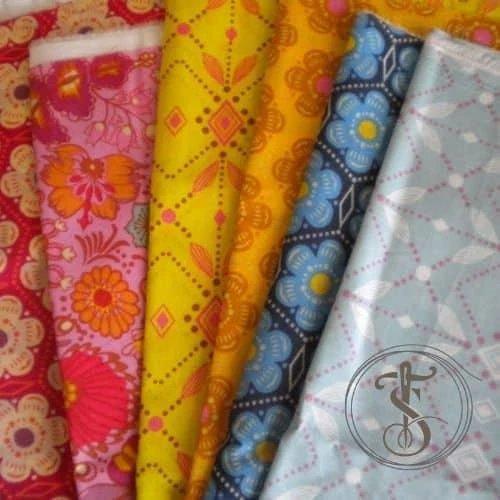
Made from a blend of cotton and polyester, this fabric is commonly used to make pillows, cushions, and soft padding for babywear. As well, it can be used for straight-up filling.
Parts Of A Quilt
a. Binding: The outer edge of the quilt is a long, thin strip of fabric. It helps to hide and secure the edges of the quilt top, covering the raw edges and holding everything together.
b. Quilt top: The quilt top is the outer layer of the quilt which is also known as shell fabric. People are most familiar with it when they see a quilt. It is made up of smaller pieces sewn together. Where square units are pieced separately, then joined together to make up the quilt pattern.
c. Batting: Middle layer of the quilt. It is normally made from a cotton or cotton blend, or polyester. Ducks and goose down are natural and expensive batting used in lightweight down jackets. It is applied where needed to add thickness and an extra layer of insulation to make a quilt warm and soft.
d. Backing: Third, and bottom layer of the quilt. It's also known as lining or supporting fabric. It can be the same as the top fabric or a piece of a lightweight fabric to support the shell fabric.
Quilting Fabric Characteristic:
Quilted fabrics for outdoor use tend to be air-resistant for excellent protection. This type of fabric is more effective as it is made of very dense cotton and polyester blended yarn. Moreover, air resistance can be achieved by weaving fine yarns by making them very compact. So as to minimize the insertion or size of holes in the fabric.
Microfibers such as polyester and polypropylene recover completely from filling compaction when wetted compared to other fillings. As a result, deliver more quickly, including insulators. The water-repellent finish on the outer fabric helps maintain dryness. But heavy rainwater or other water saturation sources will eventually penetrate the fabric holes and sewing holes. Waterproofing will overcome this problem. But it will prevent moisture and the natural vapor flow of body sweat from surviving.
Advantages of Quilting Fabric
- It is made in weight and weaves. It is excellent for piecing precise blocks and quilt tops.
- Will have less shrinkage than other cotton fabrics.
- Properly finished Quilting Fabric helps to improve colorfastness.





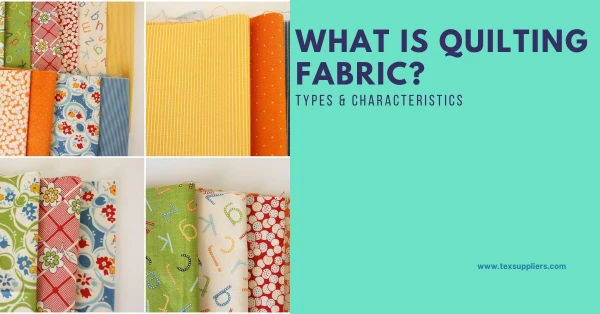
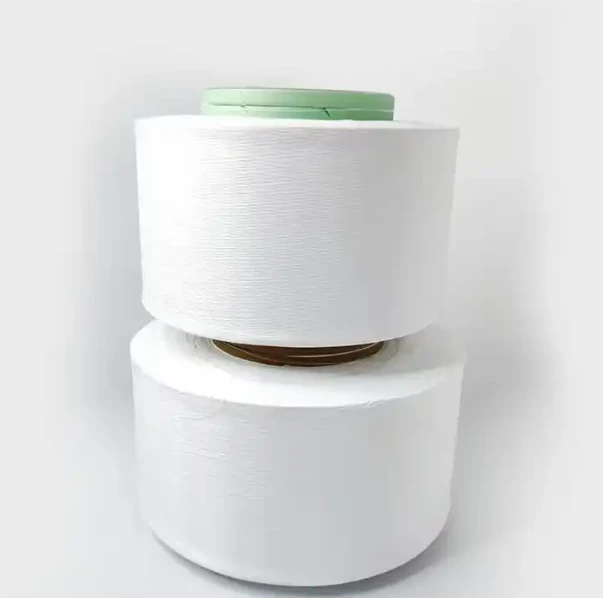
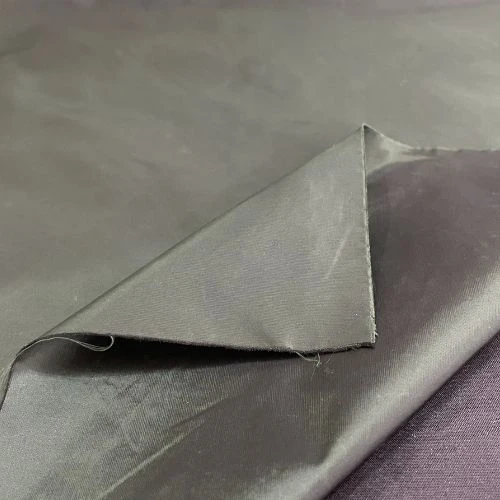

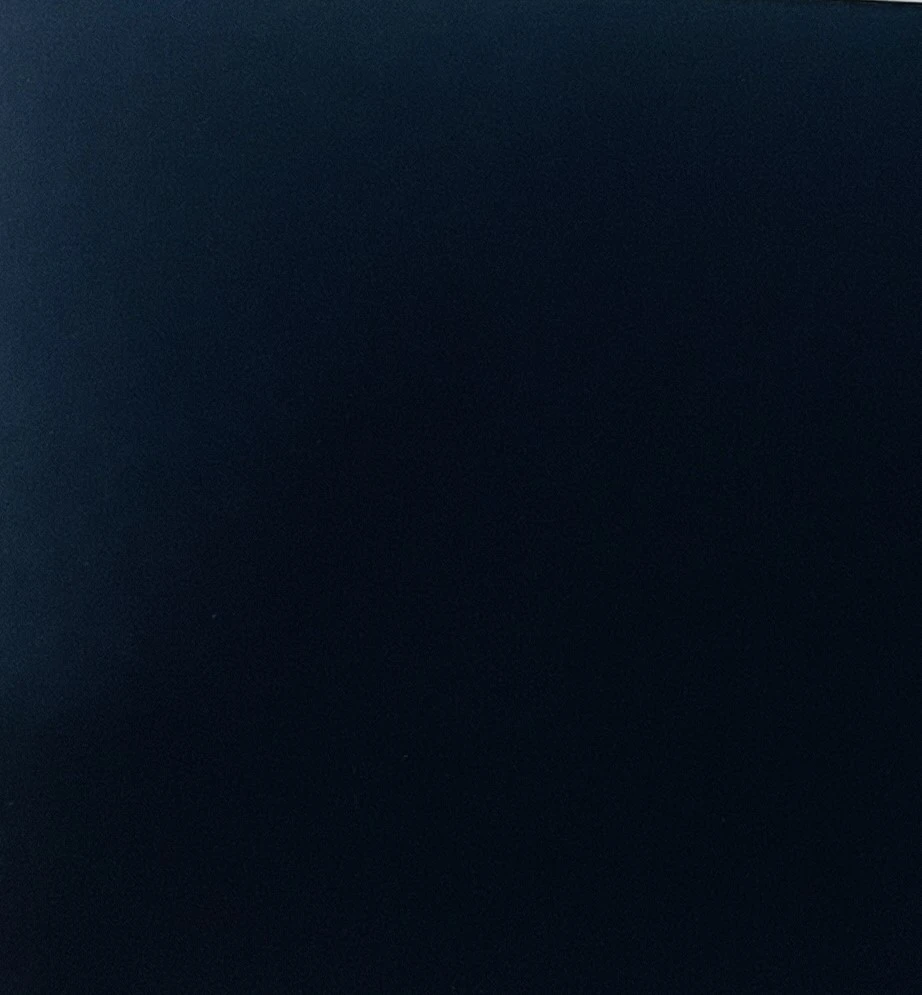
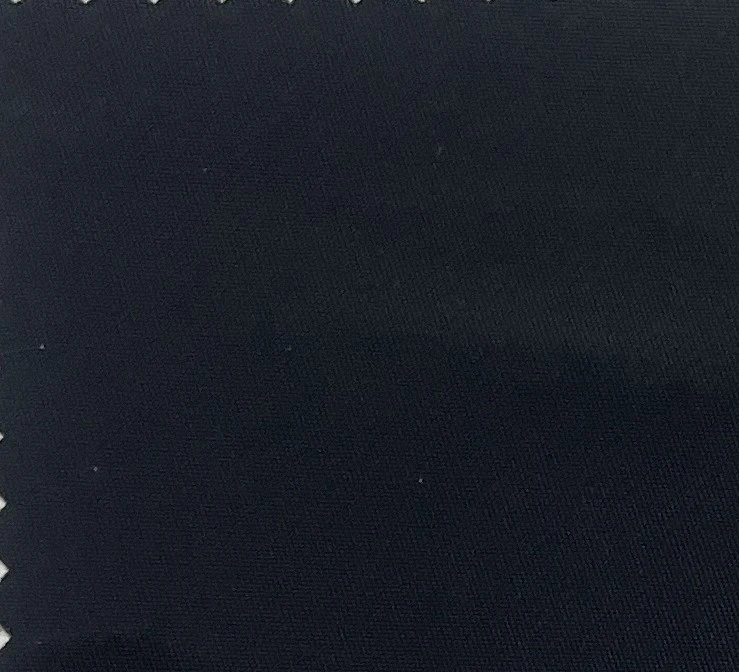





Comments - 00
Leave A Reply
Thanks for choosing to leave a comment.